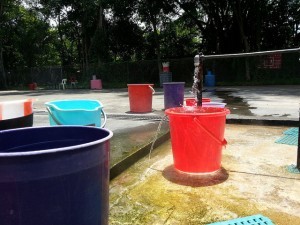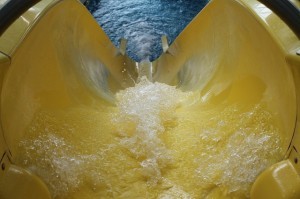Thanks to the huge Indian population in Singapore, there are numerous ways that you can celebrate the Festival of Light in the city. So if you want to celebrate this Indian tradition (it falls on 14th November this year), head on down to Little India and take part in some of the fun.
Enjoy the lights
Simply taking a walk along the streets of Little India is enough to see some beautiful displays of lights. The real focal point are the peacocks at the beginning of Serangoon Road, and if you want to see the lights at their best, hang around until 7pm when the sun goes down and the whole street becomes electrified. The lights will be on until midnight and will last for a little longer than the five days of the festival of light.
Enjoy some authentic Indian food
The Song Of India is offering a special menu for Diwali and you will be able to see why they have earned a Michelin star. The tasting menu has four courses, including an ‘art palette’ that has seven different tastings. If that is out of your budget, then head to any of the Indian restaurants that dot the streets in Little India for some deliciously authentic food.
Eat sweets until you feel sick
Indian sweets are addictive, sticky and sugary and once you start, you won’t be able to stop. Head over to Punjab Grill at Marina Bay Sands to buy their special Diwali sweet boxes. Look out for mango with white chocolate as well as green tea and pistachio. They also have plenty of dates and figs to celebrate without going into a sugar coma.









